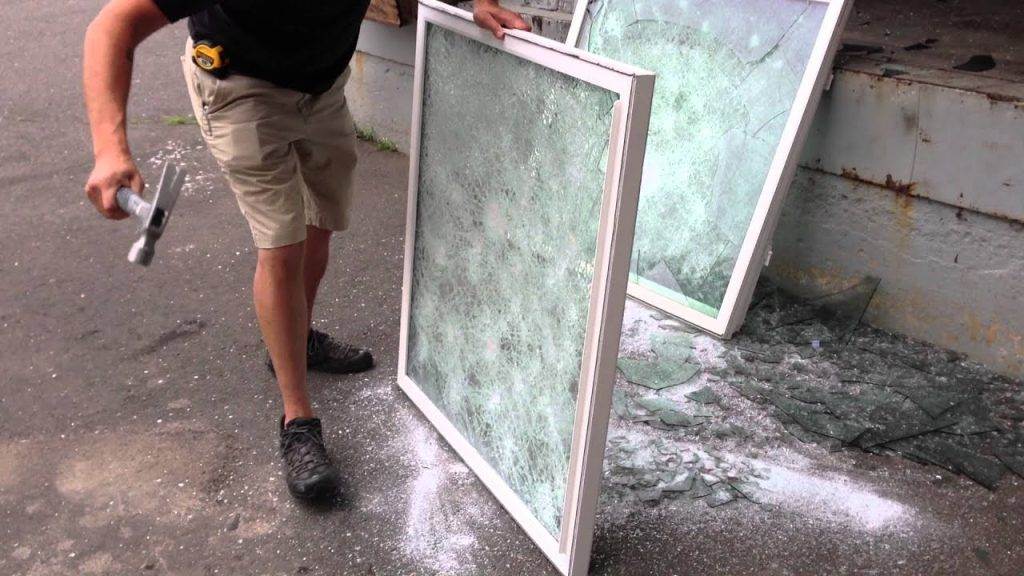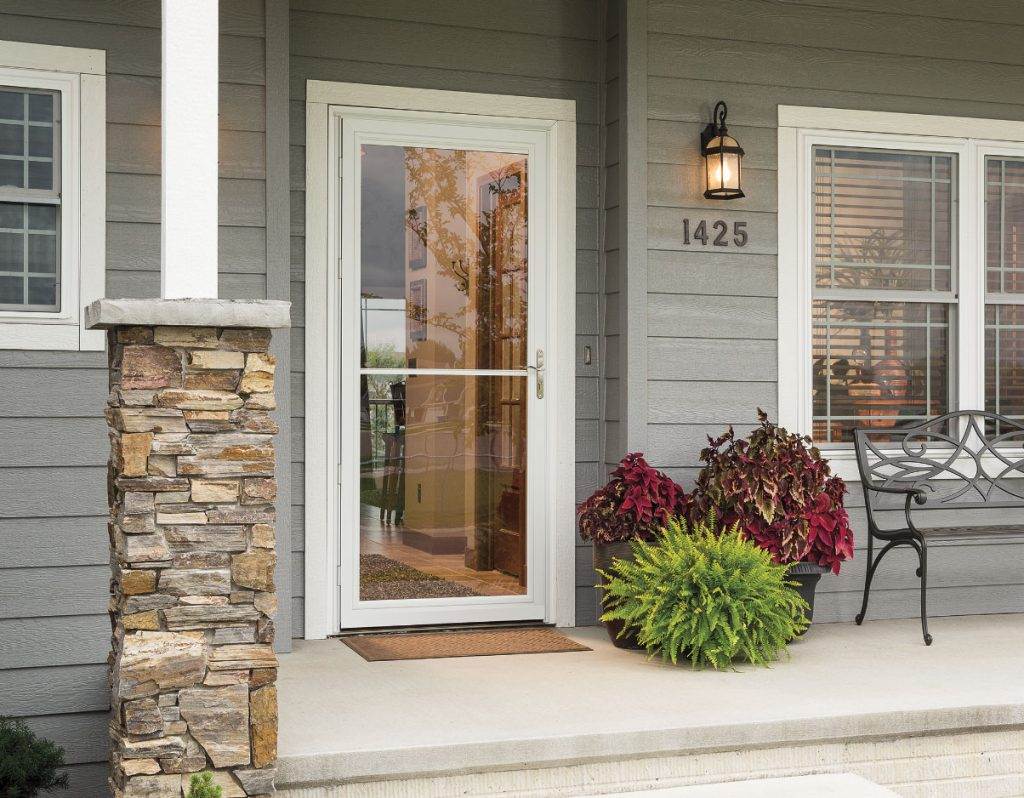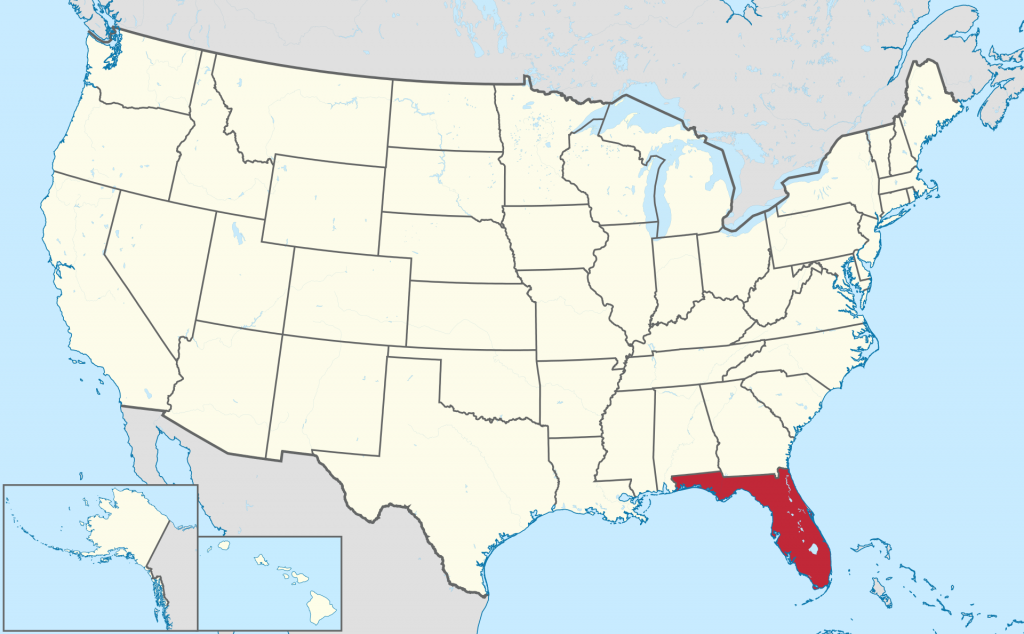Hurricane Storm Proof Protection
Welcome to Superior Impact Windows, where we prioritize your safety and provide top-tier hurricane stormproof protection solutions. Our expertly crafted impact windows and doors are designed to withstand the forces of nature, offering unparalleled security during storms and hurricanes.
Why Choose Hurricane-Resistant Windows and Doors?
Hurricanes bring powerful winds, heavy rain, and the potential for significant damage, especially in Florida’s unique climate. Our hurricane-resistant windows and doors are the ultimate solution to fortify your Florida home against severe weather conditions. Here’s why you should make the switch:
01.
Impact and Damage Resistance
Our hurricane-resistant windows and doors are not just standard solutions; they are meticulously engineered to provide unparalleled impact and damage resistance. Using advanced materials and innovative design, our products ensure that even in the face of wind-borne debris, your windows and doors will remain intact, protecting your family and home.

02.
Secure Your Home
Traditional shutters and plywood are a thing of the past. Our hurricane-proof windows and doors offer a more advanced, secure, and convenient solution. With a simple and swift installation process, you can transform your home into a fortress, eliminating the need for last-minute preparations. Be storm-ready all year round with Superior Impact Windows.
03.
Insurance Benefits
Investing in our storm proof protection doesn’t just safeguard your home; it can also lead to substantial insurance benefits. Many insurance providers recognize our products’ enhanced security and reduced risk of damage. This translates into potential discounts on insurance premiums, making our hurricane-resistant windows and doors a smart and cost-effective choice.
Products Designed with You in Mind
Our hurricane storm proof protection products are more than just barriers; they are your family’s first line of defense. Explore our range of:
Impact Windows
Experience the perfect blend of resilience and style with our impact windows. Beyond their robust construction, these windows are designed to enhance the aesthetics of your home. Enjoy natural light and panoramic views without compromising on safety. It’s not just about protection; it’s about elevating your living spaces with our hurricane-resistant windows.
Impact Doors
Our hurricane impact doors combine style and strength, ensuring your entry points are shielded against the elements.

Prepare for the Worst, Stay Secure
In times of emergency, preparedness is key. Here’s how we help you stay ready:
Emergency Shelter Solutions
When hurricanes or severe weather strikes, having a secure shelter is essential. Our impact windows and doors, paired with essential emergency shelter supplies, transform your home into a safe haven. This eliminates the need for cumbersome plywood or last-minute evacuation, providing you with confidence and peace of mind. Trust that your home is well-equipped with the necessary supplies to withstand the strongest storms, ensuring comfort and safety for you and your family.
Power Continuity Considerations
Beyond shelter, power continuity is crucial during outages. While we don’t offer generators as a product, we recognize the importance of a reliable power source. We advise exploring powerful emergency generator options designed to keep your home running smoothly despite power disruptions. Whether it’s essential appliances, lighting, or medical equipment, having a generator ensures that your home remains functional and secure, adding an extra layer of preparedness to your storm proof protection plan.


Customer-Focused Service
At Superior Impact Windows, our commitment to customer safety and satisfaction is unwavering. Our testimonials reflect the experiences of customers in Florida who have witnessed the difference our hurricane-proof protection features make. We take pride in being the top choice for those seeking reliable, durable, and stylish storm proof solutions in Florida.
Testimonials
Hear from customers who have experienced the difference our hurricane-proof protection makes. Read their stories and understand why we are their top choice.
Expert Advice
Our team is here to guide you through the selection process, ensuring you find the right storm proof protection features for your home.
Order with Confidence
Placing your order with us is not just a transaction; it’s a commitment to safety, quality, and potential long-term savings. Add hurricane-proof protection to your cart confidently, knowing you’re investing in top-tier products with advanced features. Our fast and reliable shipping ensures that your storm proof solutions are delivered promptly, and our warranty provides additional peace of mind, covering you in the rare event of unforeseen circumstances.
Stay Informed and Prepared
Subscribe to our newsletter and join a community focused on storm preparedness in Florida. Receive the latest hurricane news, safety tips, and product information directly to your inbox. Stay informed, stay prepared, and be a part of a community in Florida that values safety, supplies, and savings above all else.
Your Safety Matters
Don’t wait until the next hurricane season or severe weather event. Invest in hurricane storm proof protection today and safeguard your family and home against unpredictable weather. By choosing Superior Impact Windows, you’re not just selecting storm proof protection; you’re investing in the safety, security, and resilience of your home.
Explore Hurricane-Proof Solutions Now and Secure Your Peace of Mind
Act now to secure your home before the next storm hits. Click the button above to explore our comprehensive range of hurricane-proof solutions and discover the advanced features that make Superior Impact Windows the ideal choice for unparalleled storm proof protection.

